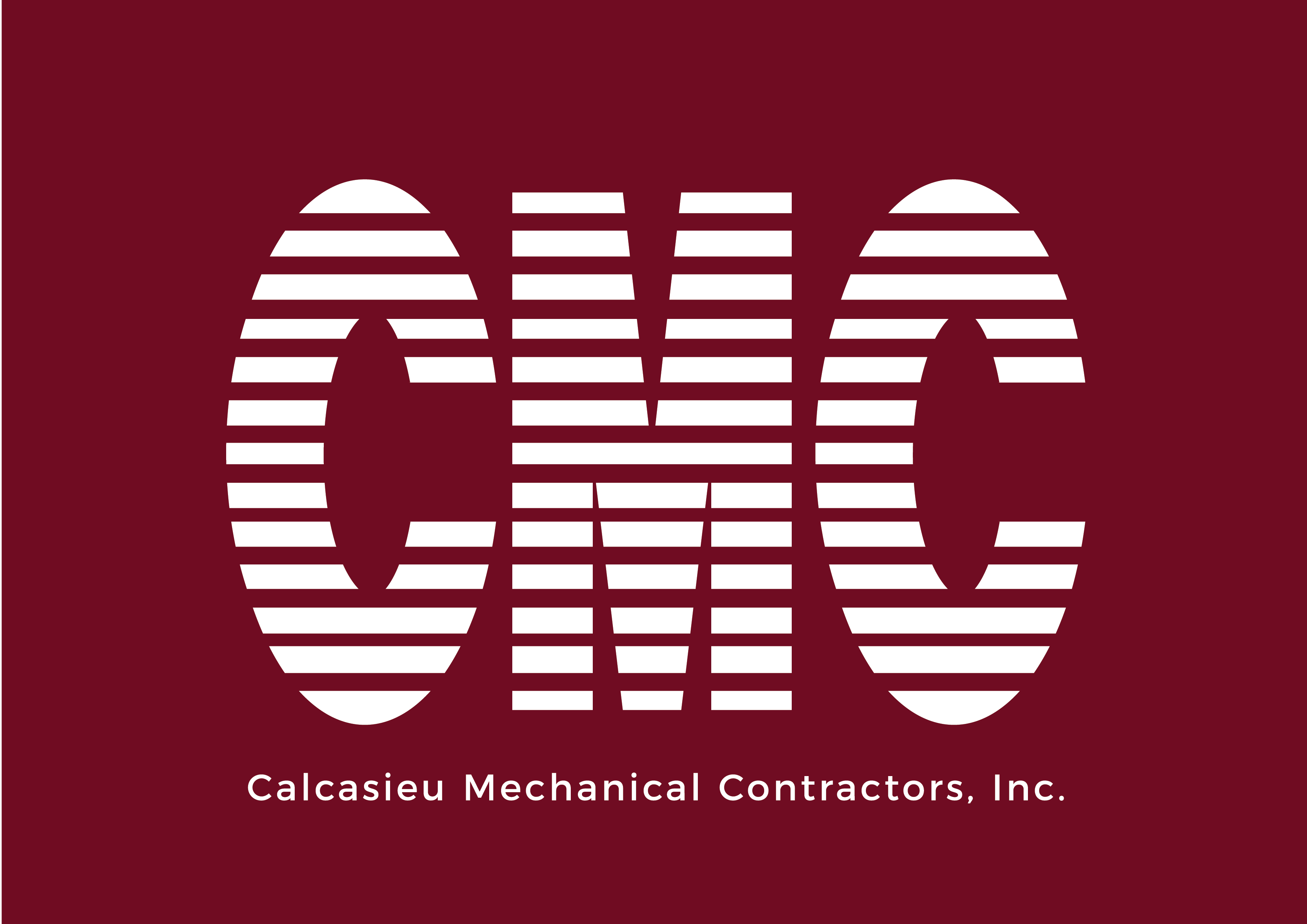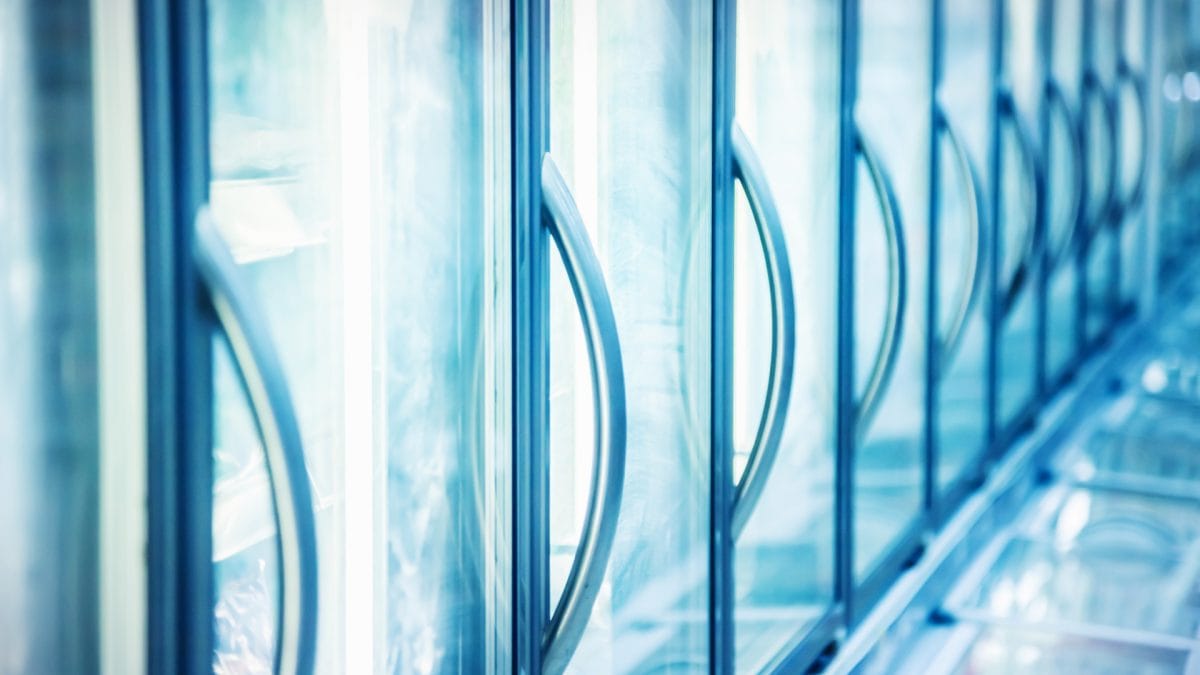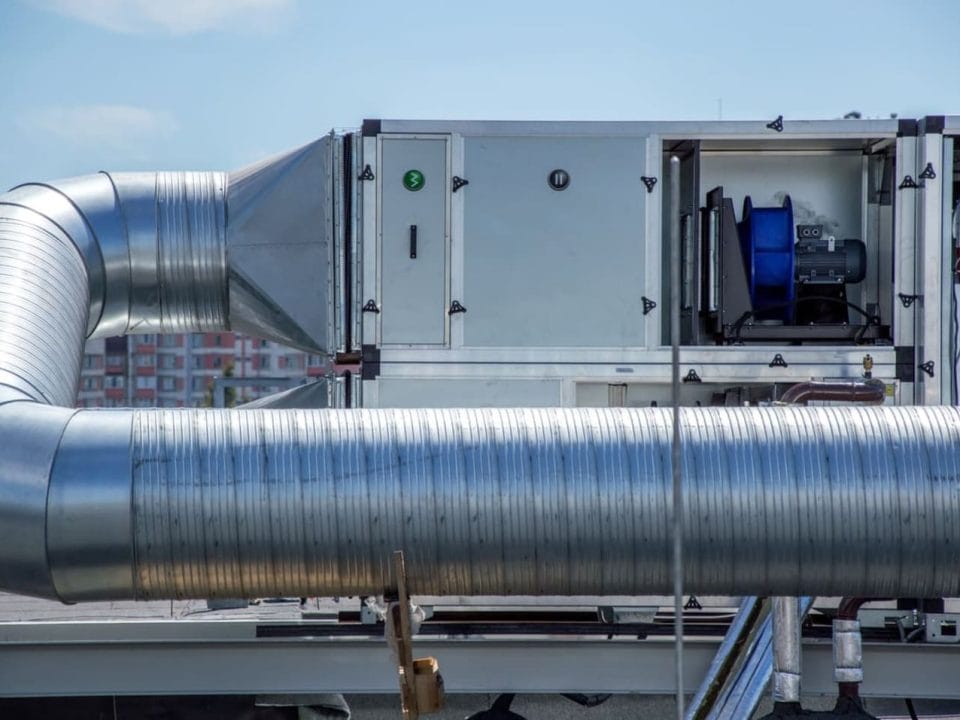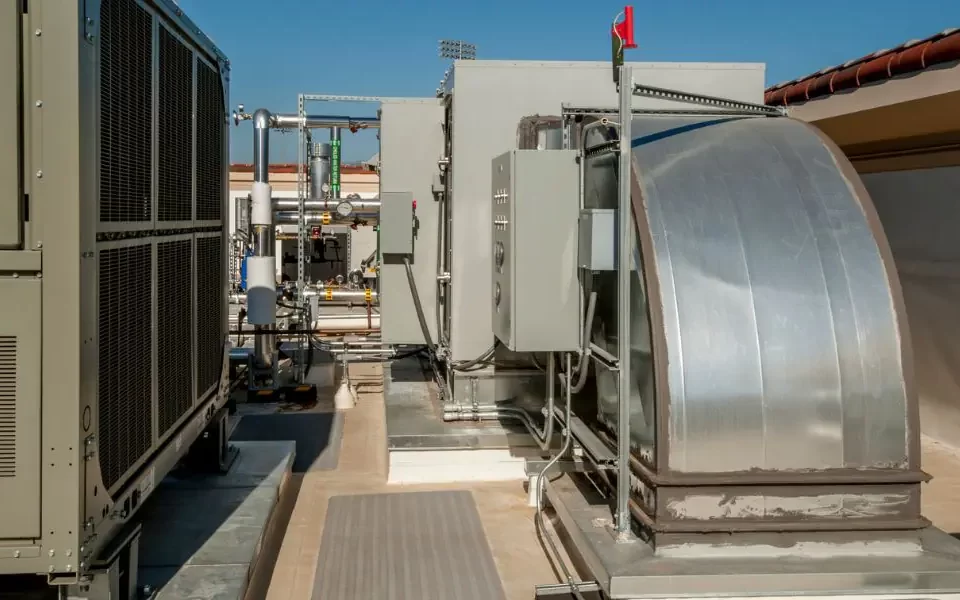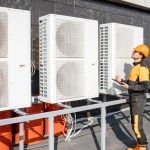
Efficient Climate Control: Cutting Costs on Heating and Cooling for Your Business
September 10, 2024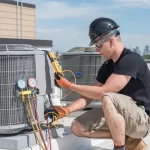
Keep Your Cool: Top 5 Reasons Why Your HVAC System Needs a Checkup
September 24, 2024As businesses strive to maintain optimal operational efficiency, the integrity of commercial refrigeration systems becomes paramount. Refrigerants are the lifeblood of these systems, facilitating the heat exchange process that makes cooling possible. However, when refrigerant leaks occur, they pose significant dangers to the environment, human health, and business finances.
Understanding the causes, impacts, and strategies to mitigate refrigerant leaks is crucial for businesses that rely on refrigeration systems. This comprehensive guide explores the multifaceted dangers of commercial refrigerant leaks and offers insights into effective prevention.
1. Understanding the Causes of Refrigerant Leaks
Refrigerant leaks in commercial systems can result from various factors. Over time, wear and tear can compromise the integrity of system components such as valves, seals, and hoses. Manufacturing defects, improper installation, and inadequate maintenance can also significantly increase the likelihood of leaks. Corrosion, often exacerbated by environmental factors and chemical exposure, further increases vulnerability. Recognizing these causes is the first step in mitigating risks associated with refrigerant leaks.
Regular inspection and maintenance of refrigeration systems can significantly reduce the occurrence of leaks. A robust maintenance schedule identifies and addresses potential issues before they lead to significant leaks. Investing in high-quality components and ensuring proper system installation can help prevent future problems.
2. The Environmental Impact of Refrigerant Leaks
The environmental consequences of refrigerant leaks are profound. Many commercial refrigerants, particularly older varieties, are potent greenhouse gases. When released into the atmosphere, they contribute to global warming and ozone depletion. Chlorofluorocarbons (CFCs) and hydrochlorofluorocarbons (HCFCs), despite being phased out under international agreements like the Montreal Protocol, still pose risks when older systems leak.
Furthermore, even newer refrigerants, such as hydrofluorocarbons (HFCs), although less damaging to the ozone, have a high global warming potential (GWP). The environmental imperative to prevent refrigerant leaks is clear, demanding an industry-wide shift towards sustainable practices and the adoption of environmentally friendly refrigerants.
3. Health Risks Associated with Refrigerant Leaks
Beyond the environmental impact, refrigerant leaks pose significant health risks. Direct exposure to refrigerants can lead to various health issues, including respiratory difficulties, skin irritation, and eye damage. In confined spaces, refrigerant leaks can displace oxygen, leading to potentially life-threatening situations such as asphyxiation.
Moreover, chronic exposure to certain types of refrigerants has been linked to more severe health conditions, including cardiovascular and neurological problems. Businesses must ensure that safety protocols are in place to protect employees from exposure. This includes proper ventilation, personal protective equipment (PPE) usage, and immediate response measures in case of a leak.
4. Economic Implications of Refrigerant Leaks
The economic impact of refrigerant leaks can be staggering. Businesses may face increased operational costs due to inefficient cooling, as leaks force systems to work harder to maintain desired temperatures. This inefficiency translates to higher energy bills and can lead to premature system failure, necessitating costly repairs or replacements.
In addition to direct costs, businesses may face regulatory fines and legal liabilities associated with non-compliance with environmental regulations. The financial burden extends further if a leak damages stored goods, particularly in industries like food and pharmaceuticals, where temperature control is critical. Proactive measures to detect and repair leaks protect the environment and health and safeguard a company’s bottom line.
5. Strategies to Prevent and Mitigate Refrigerant Leaks
Preventing refrigerant leaks requires a multi-faceted approach. First and foremost is the implementation of a regular maintenance program. Routine checks and servicing by qualified technicians ensure systems operate efficiently and potential leaks are identified early. Employing advanced leak detection technologies can also play a pivotal role in early identification, allowing for swift corrective action.
Training staff to recognize signs of refrigerant leaks and establishing clear procedures for reporting and managing leaks are essential to an effective prevention strategy. Moreover, transitioning to alternative refrigerants with a lower environmental impact can mitigate the risks associated with leaks and align businesses with evolving regulatory standards.
Commercial refrigerant leaks present a severe challenge with far-reaching consequences for the environment, public health, and business finances. At Calcasieu Mechanical Contractors, we emphasize understanding the causes and impacts of these leaks to help businesses implement effective prevention and mitigation strategies. Our expertise underscores the importance of regular maintenance, adoption of advanced technologies, and comprehensive staff training as the foundation of a robust leak prevention program. Addressing refrigerant leaks is not just about compliance; it is about fostering a sustainable future where businesses can thrive without compromising the planet’s or its inhabitants’ health.

Hailing from the picturesque town of Lake Charles, Louisiana, Jim Blanchard stands as an exemplar in commercial HVAC installation and services. As President of Calcasieu Mechanical, he has leveraged his deep industry knowledge and innovative strategies to establish the company as a leading regional service provider. Under Jim’s leadership, Calcasieu Mechanical has expanded its portfolio of high-quality services and earned the trust and respect of businesses throughout Louisiana. The company’s commitment to excellence, reflected in its endeavors, stems from Jim’s dedication to ensuring every project meets and exceeds client expectations.
